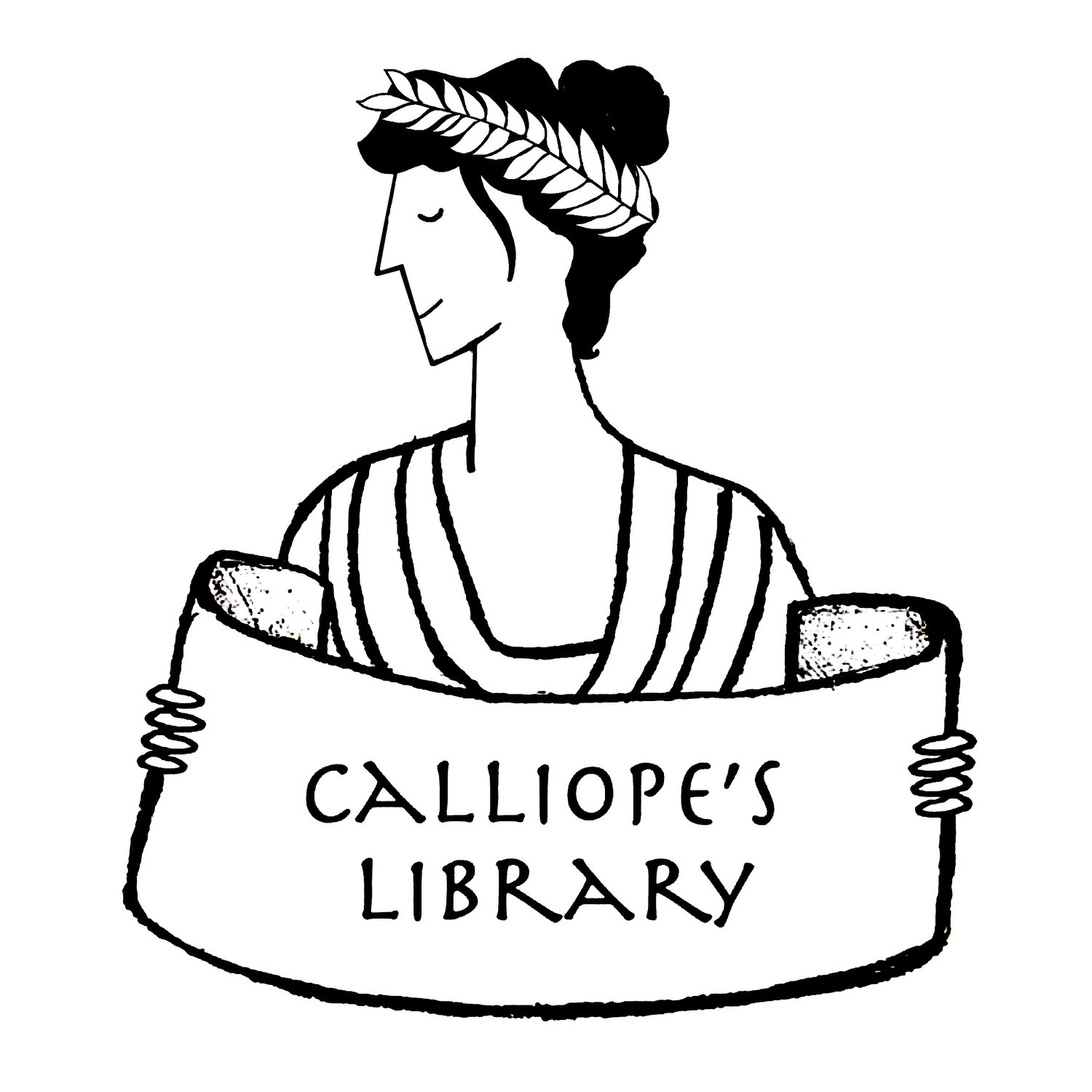Title: Aesop's Fables: A Classic Illustrated Edition
Editors: Russell Ash and Bernard Higton
Date: 1990
Tags: Middle grade, Picture book, Fables, Ancient worlds, Animal characters, English
This book is an excellent collection of traditional versions of Aesop’s fables. It’s a great first introduction to the classic tales, and it also makes a good reference work for young readers. The collection retells 53 of the best-known fables, from “the Hare and the Tortoise” to “The Fox and the Grapes.” The book’s best feature, though, are the illustrations promised in the title. The editors have chosen visual gems from dozens of nineteenth and twentieth century editions of Aesop and brought them together in this volume. There are wood cut reproductions, abstract line drawings, dreamy watercolors, and lively prints. On one page, storks in elegant tailcoats see patients in their apothecaries, and on the next page life-like mice hatch plots in an Edwardian cellar. Sometimes the same story is illustrated from multiple sources, which reflects both the universal appeal of Aesop’s fables and stresses that there are multiple right ways of interpreting them.
Some young readers will be delighted that all the violent bits are left in. The Grasshopper is left to starve in the winter after playing all summer, and the goose that lays the golden eggs ends up as dinner. Aesop was a perpetual ally of the underdog, though, and for the most part the foxes and lions go hungry as their clever prey prove too smart to fall for their tricks. Nothing delights young readers as much as villains getting their just deserts, but more tender-hearted readers may want to read selectively. – Krishni Burns


